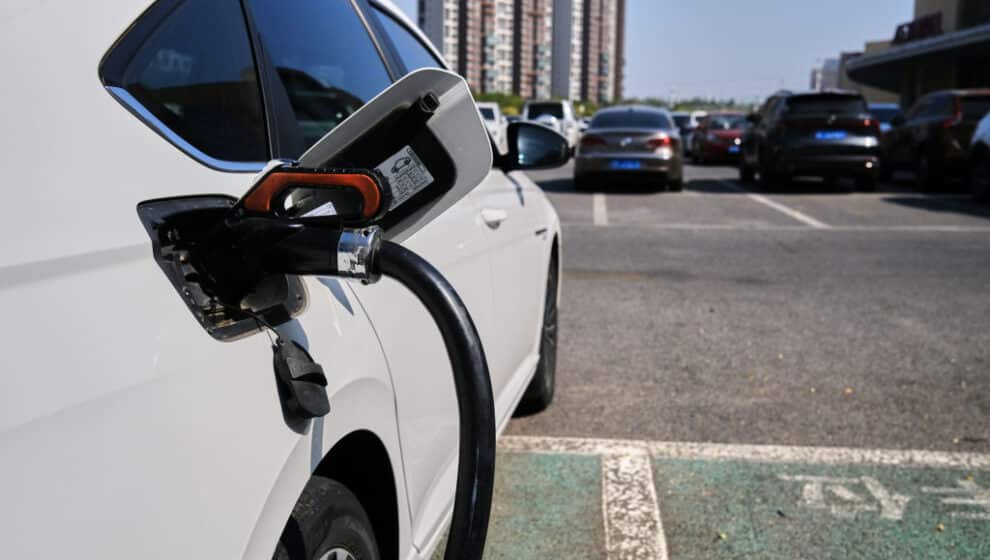As demand for electric vehicles (EVs) continues to rise, so does the need for charging stations—and the nation is not able to keep up.
Key Details
- EVs are rising in popularity and dominating the market, but one thing holding back growth is not enough charging stations.
- Some EV drivers are able to charge their vehicle in their own home or in a public charging station, but some people are having trouble accessing stations.
- As more and more people are making the switch to electric charging stations are staying full and one group of people really suffering—renters.
Why it’s important
The demand for EVs has skyrocketed in the last few years as more people are stepping away from gas powered cars and choosing electric.
The latest EY Mobility Consumer Index shows that 52% of people looking to buy a car want to buy an EV. This is the first time the number has exceeded 50%, representing a rise of 11 percentage points since last year.
EVs run on battery power, so they must be plugged into a power source in order to run. Some people are able to plug in their vehicle at home or use a public charging station, but others are finding it difficult to locate a charger.
One group of people really suffering from the lack of chargers is renters. Many renters do not have a place to plug in their EV, creating a big dilemma.
In the U.S. 34% of households are renters, that’s around 44 million people, according to U.S. renting statistics.
Working for a resolution
The U.S. is working for a resolution to the charger shortage.
As part of the Inflation Reduction Act the U.S. has begun rolling out EV chargers along the nation’s highways.
As of last month, all 50 states have been approved to begin construction on the first ever nationwide EV charging station network.
The network will place a charging station roughly every 50 miles along interstate highways, as part of President Joe Biden’s plans to have zero-emission vehicles be the main drivers on roads and allow more EV drivers access to charging stations.
